
Ghost towns used to be wild west relics. Now? As jobs dry up and younger generations chase big-city dreams, some American towns are waving a slow goodbye. Let’s break it down and see what our grandkids might have to live with
An Unsettling Glimpse Into America’s Urban Future

Imagine driving through your hometown in the year 2100… and there’s nothing there. No diners. No neighbors. No sound. This may sound like fiction, but it’s a projection grounded in data. Across the U.S., population loss is rewriting the urban story. And some cities may vanish quietly, without ever making headlines.
The Study Mapping The Decline

In 2024, Nature Cities published a sweeping study of nearly 30,000 U.S. cities. Researchers analyzed demographic and spatial data to forecast urban trends through 2100. Their findings were sobering: over 15,000 cities could lose up to 23% of their populations to become shadows of their former selves.
From Rust Belt To Everywhere
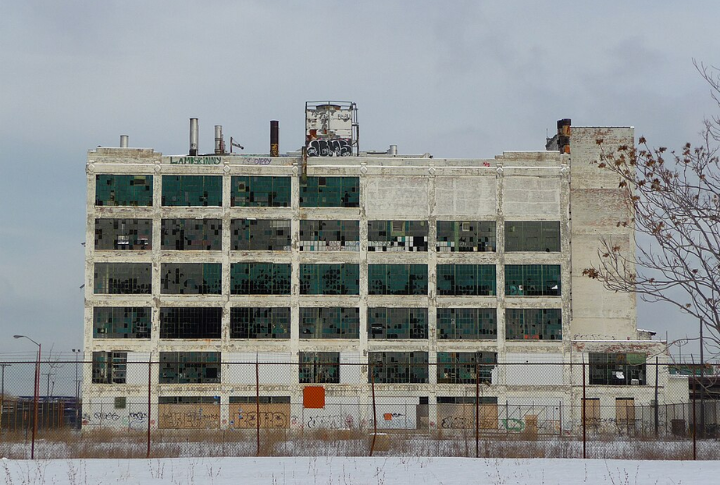
The decline no longer belongs solely to the Rust Belt (encompassing the Great Lakes and Mid-Atlantic regions). Shrinkage patterns have reached parts of the Northeast and even stretches of the West. Cities once buoyed by manufacturing or mining now face long-term outmigration. And newer urban centers aren’t immune, too.
States Facing A Demographic Cliff

Some states are bracing for widespread retreat. Vermont and West Virginia may see up to 80% of their cities contract. Cleveland’s population has been dropping for decades. Buffalo, once booming, is still shedding residents. These declines may not be temporary, as they are projected to deepen each decade.
The Quiet Exodus Behind The Numbers
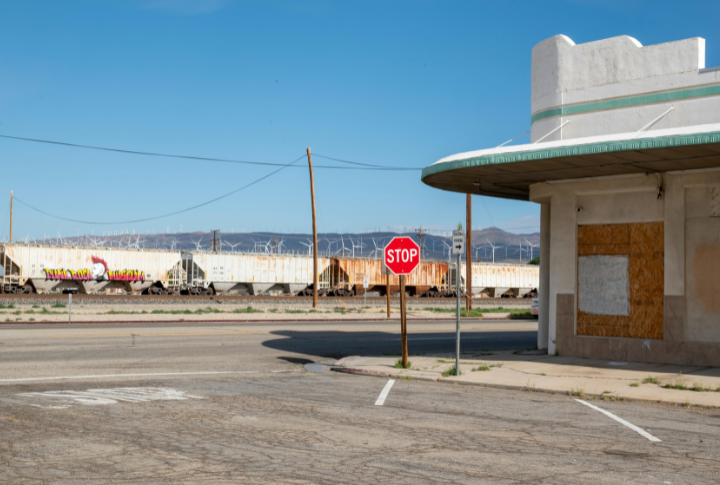
People are simply choosing different lives. Retirees go where winters don’t bite. Young workers chase jobs. Families look for better schools. These quiet exits accumulate. One by one, they thin out neighborhoods and leave behind streets that grow quieter each year.
When Nature Starts Closing In
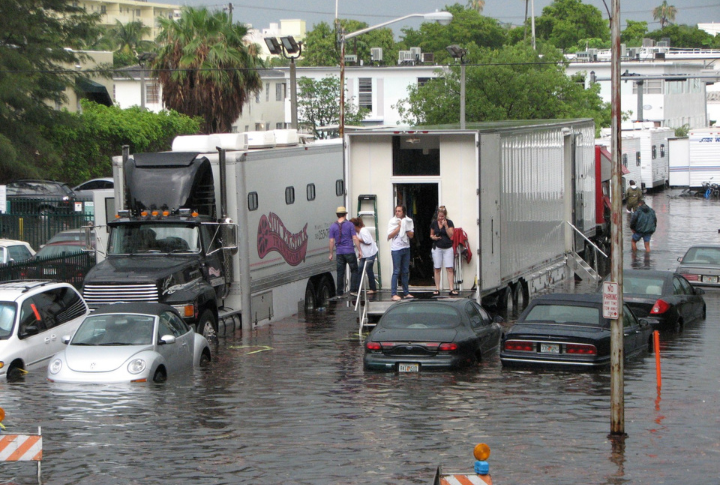
In Phoenix, extreme heat already strains power grids and endangers lives. Miami faces rising tides that flood streets on sunny days. Across the U.S., climate threats are pushing people to reconsider where they live. Sometimes, nature makes the decision long before families are ready to move.
Cities Shrinking Into Their Skeletons
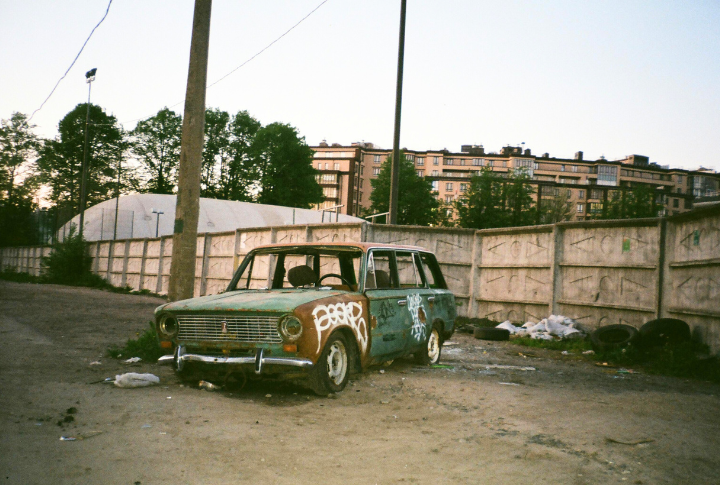
As people move out, cities quietly lose function. Schools close due to fewer students. Transit networks shrink. First responders face staff shortages. Sidewalks crumble. Streetlights stay dark. This is a gradual wearing down of essential systems that weaken the foundation of daily life, piece by piece.
When The Economy Follows Them Out
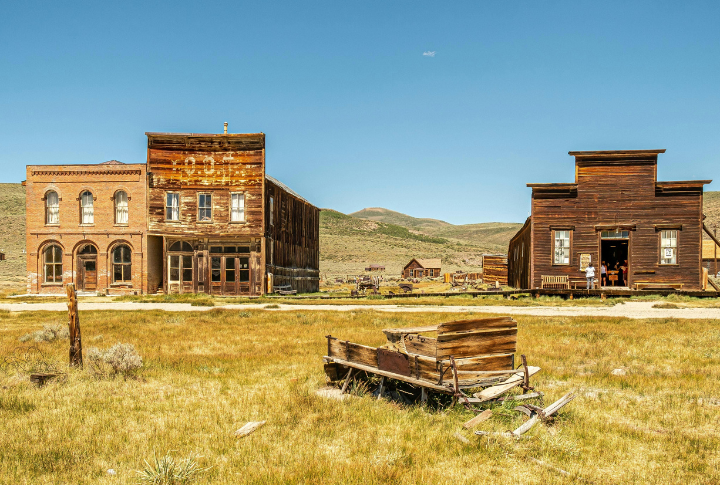
Shrinking tax bases trigger budget breakdowns. Falling property values push businesses away. Empty buildings discourage renewal. Cities lack financial strength and miss out on federal help. Maintenance is deferred. What begins as a slow decline deepens into an economic spiral that communities find increasingly difficult to reverse.
Rethinking The Urban Survival Playbook

Detroit has repurposed vacant lots into urban farms. Some U.S. cities now plan for “smart shrinkage”—deliberately adapting to population loss by consolidating services and rethinking land use. Cities are now focused on building a sustainable way forward that works with fewer people and fewer resources.
The Map May Stay The Same, But The Cities Won’t

They’ll still appear on maps, and their signs may stand, but many cities will feel hollow. Without people to animate them, these places slowly lose their identity. And over time, what we consider a city may stop functioning as one in any meaningful sense.
